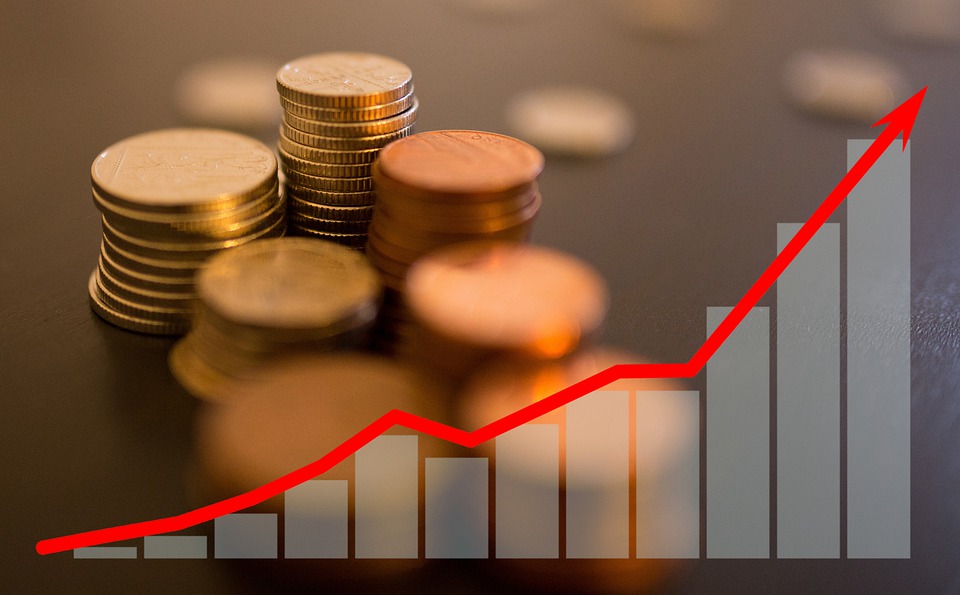According to James Athey of abrdn, headline inflation – and more worryingly, core inflation – is showing stubborn signs of re-acceleration.

Inflation is more persistent than expected. In the euro zone, price increases held steady at 8.5% in February on a yearly basis, after 8.6% in January, while economists were expecting a sharper decline, according to figures published in early March. In Switzerland, where inflation is much lower than in neighboring countries, inflation remained high last month, with prices rising 3.4% year-on-year in February (3.3% in January), according to figures released Monday. This is more than expected by the consensus. How to interpret the persistence of inflation during the first months of the year and what to expect for the rest of 2023? James Athey, investment director in the Global Rates team at abrdn, provides an overview.
At the beginning of the year, there was much discussion about whether the global economy could achieve a soft landing or whether the slowdown would be more abrupt. What is abrdn’s base scenario for the rest of 2023?
In our base scenario, a recession would be the most negative outcome. Among the main aspects to consider, we think that the importance of the debt level is currently underestimated. As for inflation, it is still difficult to anticipate. Until a few months ago, the actions of the US Federal Reserve seemed fairly predictable. Today, this is less the case. I even think that there is a significant risk that the Fed will ease monetary policy too quickly, before inflation is truly under control. If monetary policy were eased too quickly, there could be a second inflation spike that could be much more damaging to the economy.
“If monetary policy were to ease too quickly, there could be a second inflation spike that could prove significantly more damaging to the economy.”
Shouldn’t the decline in oil prices from last year’s levels lead to an easing of inflationary pressures, in the U.S. as elsewhere?
There are a number of factors to consider. In the US, savings are starting to fall – people have spent some of the savings they accumulated during the pandemic again. This is something that should reduce consumption over time. People tend to focus more on essential expenses such as food or housing. When it comes to inflation itself, however, it is the evolution of the labor market situation that will be most decisive for inflation in the US. Tensions in the labor market are primarily influenced by the supply side. The shortage of people in the labor market has increased dramatically – and it is difficult to know exactly why. It may be because the long period of low interest rates has allowed a large part of the population to accumulate more savings, allowing more people to stop working earlier. This wealth creation may have encouraged some people to retire earlier.
Since the beginning of the year, many large companies, especially those in “Big Tech”, have announced major waves of layoffs. Won’t this help rebalance the labor market?
In the very low interest rate environment that prevailed until the end of 2021, the near-free money has led to a misallocation of capital in many areas. When money is flowing, no one looks at costs. Now companies are starting to look at their costs much more carefully. The focus is now on controlling costs, not on increasing revenues at any cost. That is why we should continue to expect more layoffs not only in the technology sector, but also in finance and in companies operating in cyclical sectors. As to what influence this will have on the development of the wage level and on price levels in general, we still have to be cautious on this subject.
“The recent rise in the markets typically corresponds to an expansion of valuation multiples.”
In Europe, inflation is proving stubborn. In Germany, the harmonized price index, which serves as a benchmark for the European Central Bank (ECB), actually rose 9.3% in February on a year-over-year basis, while analysts surveyed by Bloomberg were expecting a 9% rate. Should we be concerned about the persistence of high inflation in the Eurozone?
The fourth quarter of 2022 had led to expectations that inflation had peaked and that central banks and bond markets had therefore seen the worst of it. The data released so far in 2023, however, has cast a pall over that assumption, which is worrisome for all. Headline inflation – and more worryingly, core inflation – has shown signs of re-accelerating, which would make any attempt to begin a pivot to a more dovish stance simply untenable for the major central banks. It is potentially in Europe that this trend is most evident and, given the known fragilities, most worrying.
With inflation decelerating at a slower pace than expected and the risk of recession not being ignored, how do you explain the sharp rise in the main stock market indices in Europe and the US in January and February?
In my view, the recent rise in the markets typically corresponds to an expansion of valuation multiples. In any case, it is not the result of an increase in corporate earnings. In addition, the market has also built a narrative around the upcoming ceiling in the central bank interest rate tightening cycle – a scenario that, in my view, still has many unknowns.
In the end, are the risks to the economy greater in Europe or the US?
The possibility of a recession is more imminent in the US. This does not mean, however, that the US economy, which has often bounced back quickly, is in a worse position than Europe. On the contrary, the risks are much greater in Europe today. Hidden unemployment is higher in Europe. Government debt is very high in France and Italy, which would limit the possibility of implementing fiscal stimulus programs. And on top of that, the European Central Bank (ECB) doesn’t look like it is going to start lowering interest rates again at all. This leaves the European Union with less capacity to conduct its own stimulus.
James Athey is an Investment Director on the Global Rates team at abrdn. James is also a frequent commentator on financial media such as Bloomberg and CNBC TV. James joined the firm when it acquired Deutsche Asset Management in 2005. He joined Deutsche AM in 2001 as part of the firm’s recent graduate recruitment program. James holds a BSc (Hons) in Business Economics and Finance and an MSc in Computer Science from Loughborough University.
abrdn is a leading asset manager committed to creating long-term value for its clients. With more than 800 investment professionals, abrdn manages nearly CHF 572 billion in assets (as of December 31, 2021) for investors in 80 countries, from more than 30 offices worldwide.
